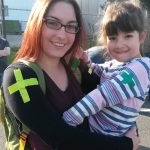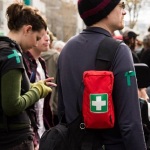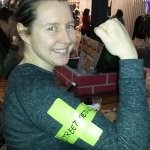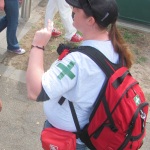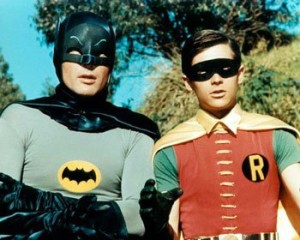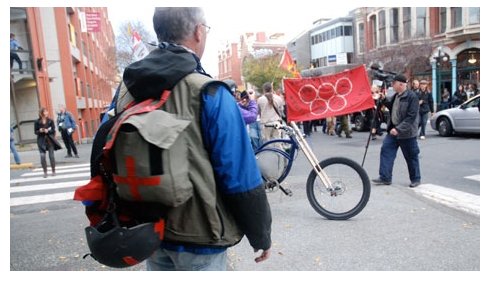It’s always important to be prepared & take the right gear to a rally. Some items are important for personal safety and well being and others are needed in case you or someone around you gets in trouble.
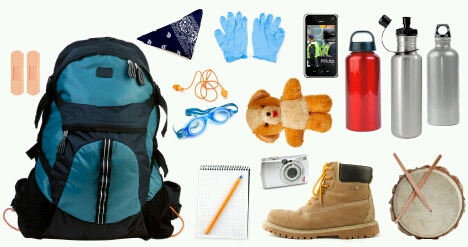
This is a kit from the G20 Protests in Canada The Teddy bear in the image is related to the use of a Teddy Bear Catapult that was first used in 2001 at the Summit of the Americas protest in Canada.
Here is a list of what to bring to a protest:
• A bottle of water or sports drink
• High energy, low-GI snacks (trail mix, museli bars, dried fruit)
• Your usual prescription medicines (3 days worth – so that if you’re arrested you have enough until you are bailed out)
• A camera, smart phone or a note pad (remember we’re ALL Citizen Journalists)
• A spare cell phone (or at least load up a new SIMcard)
• Enough cash to get home, have a meal and/or make a phone call.
• ID (if you plan on getting arrested not carrying ID will only temporarily delay the police in identifying you)
• A bandana or scarf, and eye protection
• Light water proof jacket or sun cream (or both if you live in Melbourne!)
• Next of kin/emergency contact numbers (or a legal contact penned to your arm)


